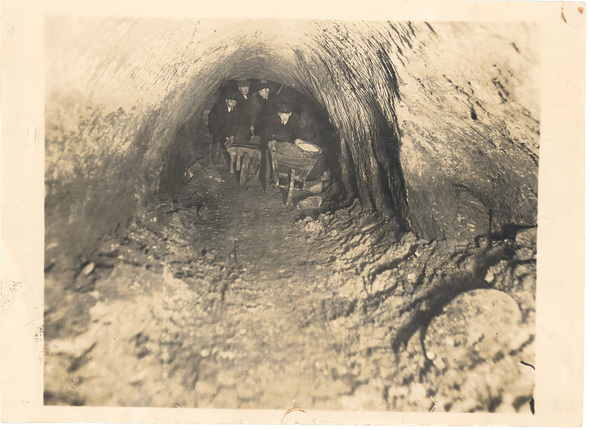Rebellion banner presented from Westminster
As
part of Parliament’s 2015 anniversaries programme - Parliament in the Making which marked the 800 year anniversary of the Magna Carta, nine artists were commissioned to create
18 large-scale banners for an exhibition charting the development of rights and representation in
the UK.
As the exhibition came to a close, charitable,
political and cultural organisations could bid for a banner so the public could continue to enjoy these works of art.
Our project was granted the 1832
‘Great’ Reform Act by Paula Stevens-Hoare - pictured to the right. Watch a film of the artist talking about the commission
We were successful because of the link to the riots of October 1831 when a crowd of Nottingham citizens surged towards the Castle, furious with the residing Duke of Newcastle who had just openly declared his opposition to the Reform Act. This banner is a representation of the democracy the Nottingham rioters were protesting for.
The people of Nottingham burnt down castles for the right to vote. What a talking point for the electorate of the city today!
It is hoped this banner will be a fantastic addition to our proposed Rebellion gallery,
where (amongst other stories of power and protest) the story of the 1831 riots
will be told.
|
|
|
 A chance to see the Lacock Cup for free
The Lacock Cup will be on display at Nottingham Castle until 10 April 2016.
This dual-use feasting cup/chalice is on loan from the British Museum. It has a fascinating history and is on display alongside other medieval
objects from the Nottingham collection.
Elegantly decorated, formed of hammered sheet silver, and edged
with gothic motifs; the cup has twisted rope work which has been gilded. The
sweeping lid and trumpet shaped foot would have drawn the attention of the
viewer, as it does today.
Read more about this fascinating medieval cup and its history
Pop in to the Castle for Light Night on 5 February from 6pm) for your chance to see the cup with FREE entry as well as lots of other entertainment in the Castle area.
|
 Meet the team - Scott Lomax
Scott Lomax is a professional archaeologist who has worked on several major research projects in the city since 2008. He specialises in the medieval period and has been assisting in research of the history and archaeology of Nottingham Castle and particularly its caves.
He is going to share his fascinating facts and findings from around the Castle and site each month.
|
The sketch is of one of the Castle Road caves, drawn during Campion's excavation of the Castle Road caves in the 1930s
Scott's facts and findings:
Life before rules - Paving the way for today's archaeologists
"I thought I'd start with giving a bit of background into the underground world the project intends to further explore, and introducing one of the key figures in the early exploration of the caves - George Campion...
Today, archaeologists work in line with professional
standards set out by the Chartered Institute for Archaeologists. We are also
governed by Health and Safety legislation, especially with caves, because
partly filled caves are often very confined spaces. These restrictions often
mean we cannot investigate as much archaeology as we would like.
Archaeology enthusiasts working at the castle between 1936
into the 1950s had no such restrictions.
In 1936 George Campion; aided by a long rope, investigated
the Castle Rock and discovered a small hole opening up into a chamber. Although
brief notes were made, little could be established about the discovery. To this
day the nature of this cave is unknown.
Campion was willing to take risks in pursuit of his hobby.
In fact he once excavated a deep pit at Milton Street, at the bottom of which
were human bones. Following the excavation, Campion claimed to have lost his
senses of smell and taste.
Campion's son-in-law, Herbert Houldsworth, continued
Campion's work in the 1950s, concentrating on the Castle caves. There, Houldsworth and fellow enthusiasts dug narrow exploratory tunnels, sometimes
barely large enough for someone to squeeze their way through, as well as
carrying out fuller excavations.
These early investigators were fortunate not to experience
any serious injuries but the work they carried out allowed the caves, in the
main, to be cleared so they can be enjoyed by visitors today."
 |
Excavating the Western Passage
|